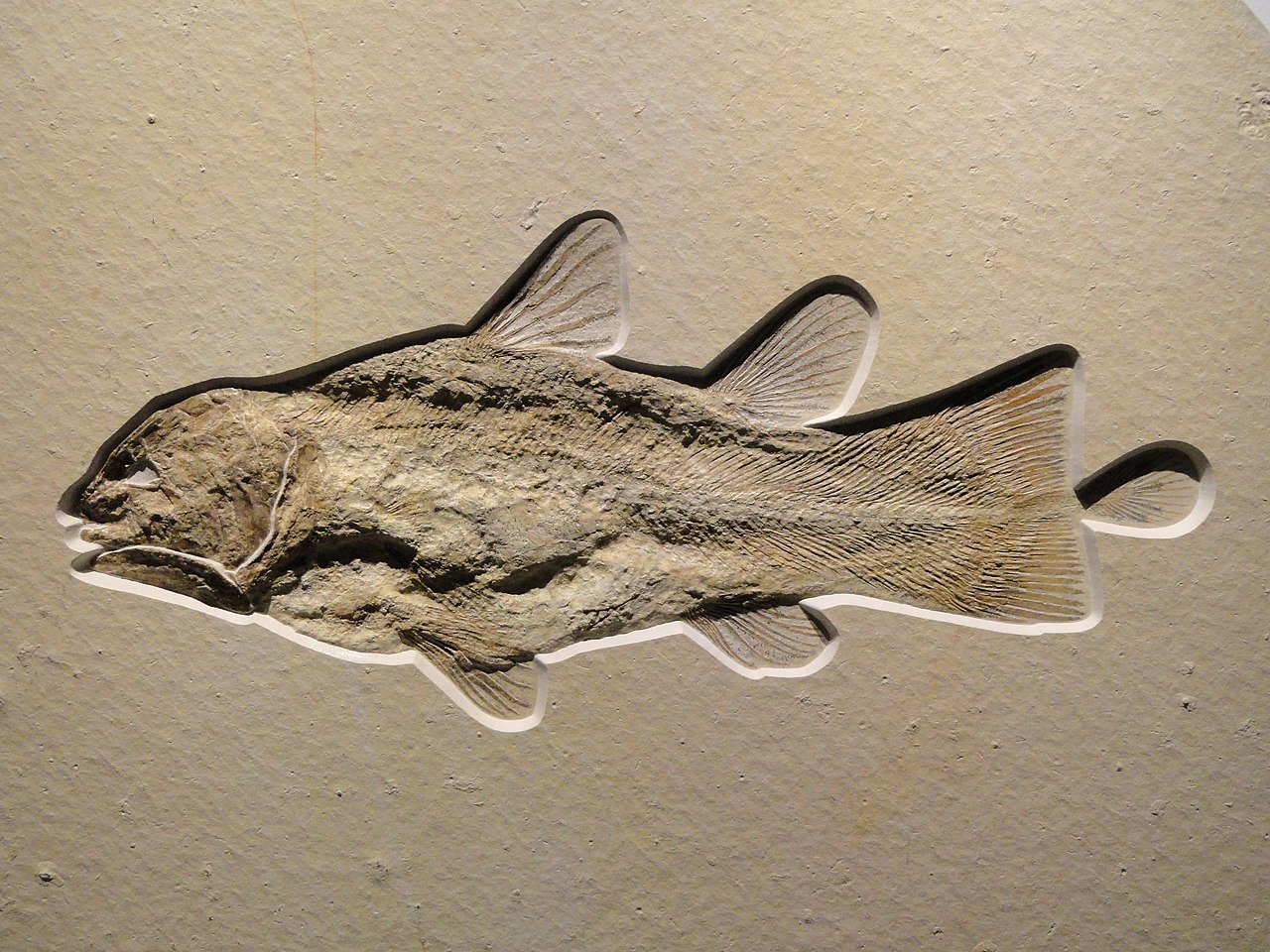Bethany (Roman province of Judea), 32 A.D. – In front of a rock tomb, a large crowd mourns their friend Lazarus, who had died four days earlier and had been buried inside. In the warm climate, the process of decay had already begun, and the grave had been sealed with a stone rolled in front of it. There is initial bewilderment when one of the mourners demands the stone be removed. When the entrance is open and this man loudly calls out the Aramaic words “Elatsar tse haru-tsa,” the unthinkable happens: From the darkness of the tomb, the deceased stumbles into the light again – wrapped in burial cloths like a mummy, but alive and well!
The “Raising of Lazarus,” as recorded in John 11, continues to divide opinion. While many of the Lord Jesus’ other miracles have been subject to naturalistic interpretations, this one defies explanation. A person who has already begun to decompose, according to everything reason, experience, and knowledge teach us, cannot return to life as a healthy human being. It was not magical words or a “spell” that Jesus used – he simply commanded: “Lazarus, come out!” – with the authority of his divine creative power. This event caused many Jews who were expecting the Messiah to believe in Jesus (Joh 11:45). Others, however – those who had already conspired to kill Jesus – considered eliminating Lazarus as well (Joh 12:10), even though they did not deny the miracle itself.
Just days earlier, Jesus had predicted this very reaction in a parable: In Luke 16:30, the rich man in torment begs that someone be sent back from the dead “so that they will repent.” No other parable includes a named character – yet Jesus calls this man “Lazarus”!
Abraham, the “father of faith” (Rom 4:16), doesn’t tell the rich man that raising someone from the dead would be impossible. Instead, he replies: “If they do not listen to Moses and the Prophets, they will not be convinced even if someone rises from the dead” (Lk 16:31). Faith, therefore, does not depend primarily on whether all the facts align with one’s logic and worldview, but on the willingness to submit to God and His revelation. It is, above all, a decision of the will.
In biology, a “Lazarus effect” is noted when animals or plants previously believed extinct are discovered among modern species. The most famous example is the coelacanth (Coelacanthiformes), known from fossil records from the Lower Devonian to the Upper Cretaceous. Since they were absent in later layers, it was assumed this group of lobe-finned fish had gone extinct 70 million years ago. But in 1938, a 1.5-meter-long, 52-kilogram specimen appeared in the bycatch of a South African trawler.
James Leonard Brierley Smith, the scientist who identified and named the remarkable find, later wrote a book titled Old Fourlegs. This scaly sea creature was believed to be a transitional form due to its large, fleshy fins protruding like little legs from its body. As a “missing link,” it was thought to connect fish with the first land-dwelling amphibians. It was generally assumed that it used its strong front fins to shuffle along the sea floor and might even have been able to leave the water.
Much speculation surrounds the dead… But beginning in 1987, when modern submersibles first allowed scientists to observe coelacanths in their natural habitat, that assumption proved false. Latimeria, the genus of today’s species, swims at depths of 70 to 400 meters and shows no interest in walking on the seafloor – let alone on land.

By the time its genome had been fully sequenced, it became clear that the coelacanth is not the missing link between aquatic and land animals. Although it moves only by swimming and cannot be an ancestor of amphibians, textbooks curiously continue to claim that it moves its fins in a “cross-limb gait” – suggesting that evolution had already produced a form of “walking” underwater. The transition from water to land remains one of the major unresolved questions in evolutionary theory.
The coelacanth highlights several broader truths about fossil records:
- Fossils rarely show signs of decay or decomposition (which progresses quickly in water) – indicating rapid burial in sediment due to catastrophic events.
- Entire groups appear suddenly, without clear ancestral or transitional forms – these “missing links” remain a major problem for paleontologists trying to construct a “tree of life” with a common origin for all organisms.
- Animal and plant families often persist unchanged for millions of radiometric years – stasis, or developmental standstill, is the norm; major changes are rare.
- The fossil record is incomplete – not all contemporary species are found as fossils. As the coelacanth demonstrates, the absence of a fossil in a particular layer doesn’t prove the species didn’t exist during its formation. Most fossils seem to be from ecosystem-based mass burials. For example, if a coal seam from the Permian or Triassic only contains flora and fauna from a “floating forest” ecosystem, that doesn’t mean mammals and humans couldn’t have existed elsewhere at the same time.

In summary, the fossil record presents numerous facts that are difficult to reconcile with evolutionary history. Even Charles Darwin was aware of these problems. His hope that future discoveries would fill the gaps has not been fulfilled; the major transitions his theory requires remain unconfirmed.
To be fair, the consistent layering of fossils worldwide does seem to suggest a general history of life’s development. Although newer geological and biological findings offer alternative explanations for this pattern, the clear, global stratification does not easily fit with the biblical account of creation and early history. Moreover, many geological processes have not yet been convincingly shown to occur within a few centuries instead of millions of years – although notable progress has been made in recent decades.
Why does God present us with such a mosaic of ambiguous evidence? I often catch myself echoing the know-it-all objection of the rich man: “No, Father … but if…” – if one could find a “layer salad” containing trilobites, dinosaurs, birds, mammals, and humans all jumbled together – “… then they would repent.”
But the answer likely remains the same: “They have Moses…” – everyone who opens a Bible is first told, “In the beginning God created the heavens and the earth.” This is followed by ten genealogical narratives (Hebrew toledot) that seamlessly connect creation and early history with world history – leaving no room for the evolutionary origin story. Whoever rejects God’s revelation in the Bible will not be convinced even by the clearest findings (Lk 16:30).
Sources:
Smith, JLB: Old Fourlegs. London (Longmans, Green & Co) 1956
Amemiya, CT; Alföldi, J: The African coelacanth genome provides insights into tetrapod evolution. Nature 2013; 496:311-316
Glaubrecht, M; Meyer, A: Ursprung der Landwirbeltiere ‑ molekulargenetische Verwandtschaft von Quastenflosser und Lungenfisch. Spektrum der Wissenschaft 1996, S. 22

